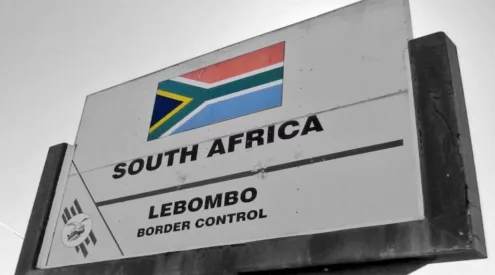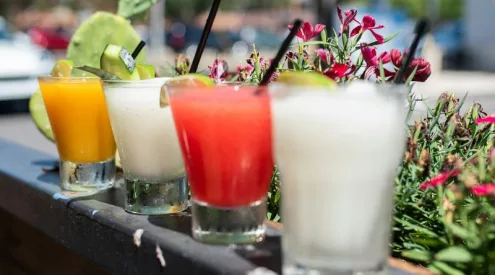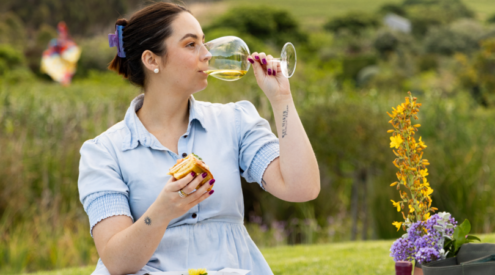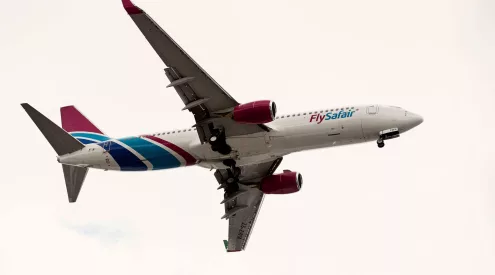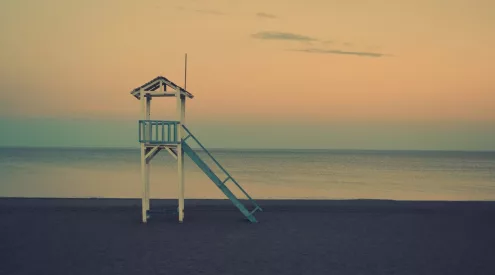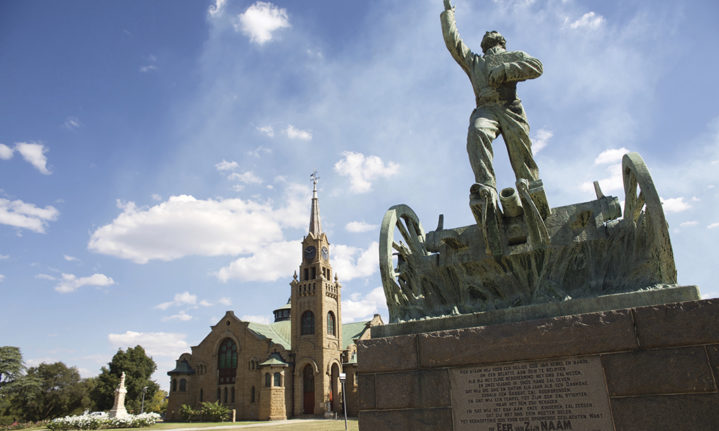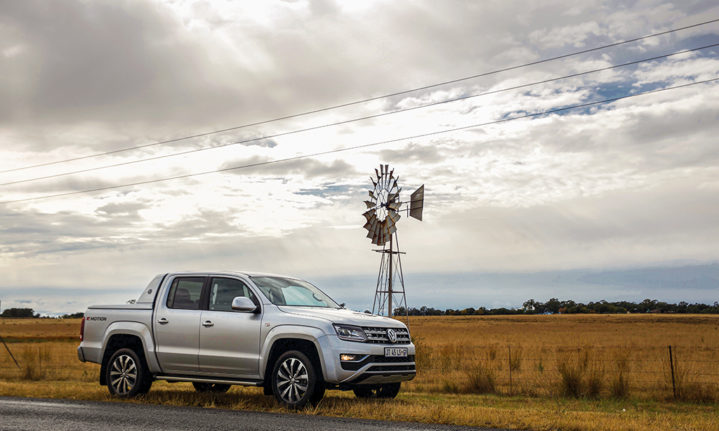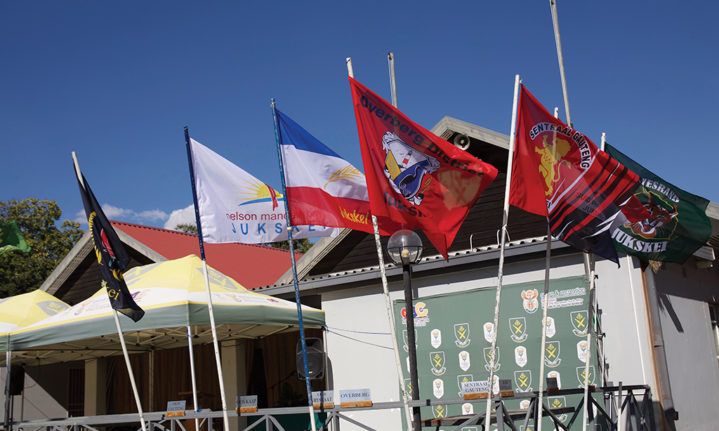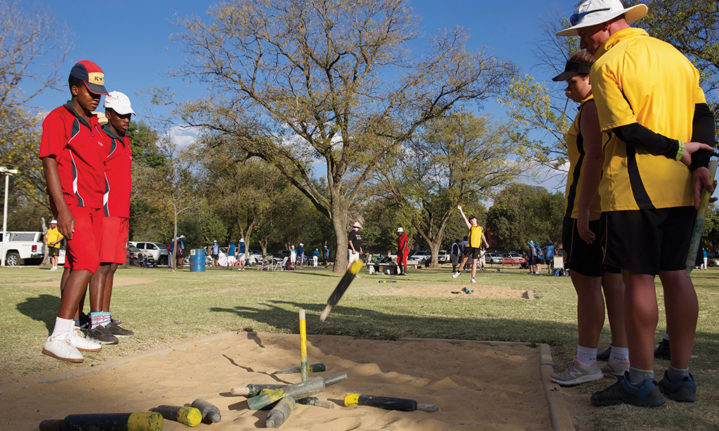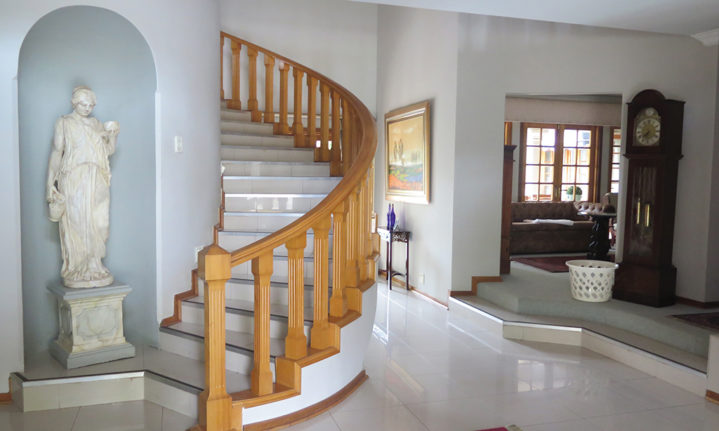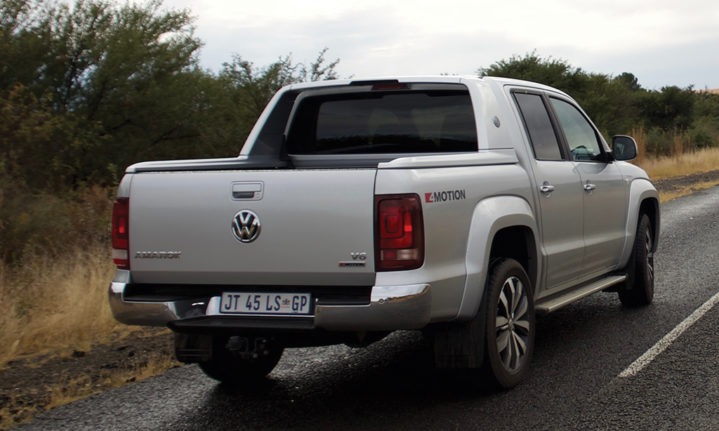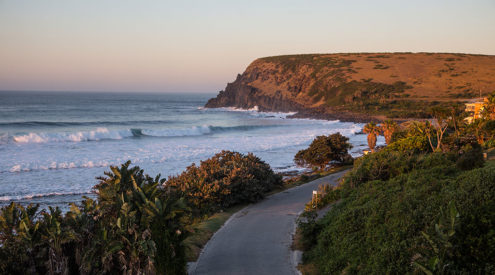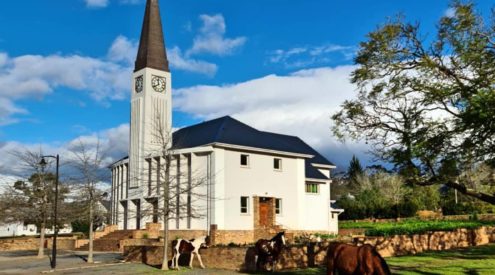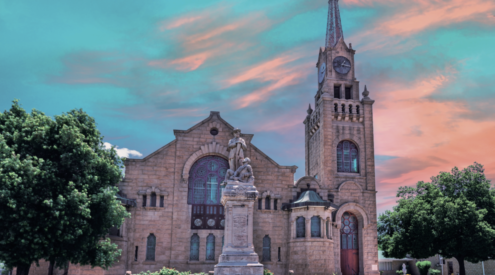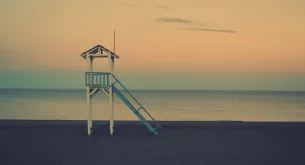If Americans played jukskei, the annual National Championships in Kroonstad would be known as the World Series and the winners crowned World Champions. When you put it like that, Alan Valkenburg thought he’d be a fool not to investigate.
Words & Photographs: Alan Valkenburg
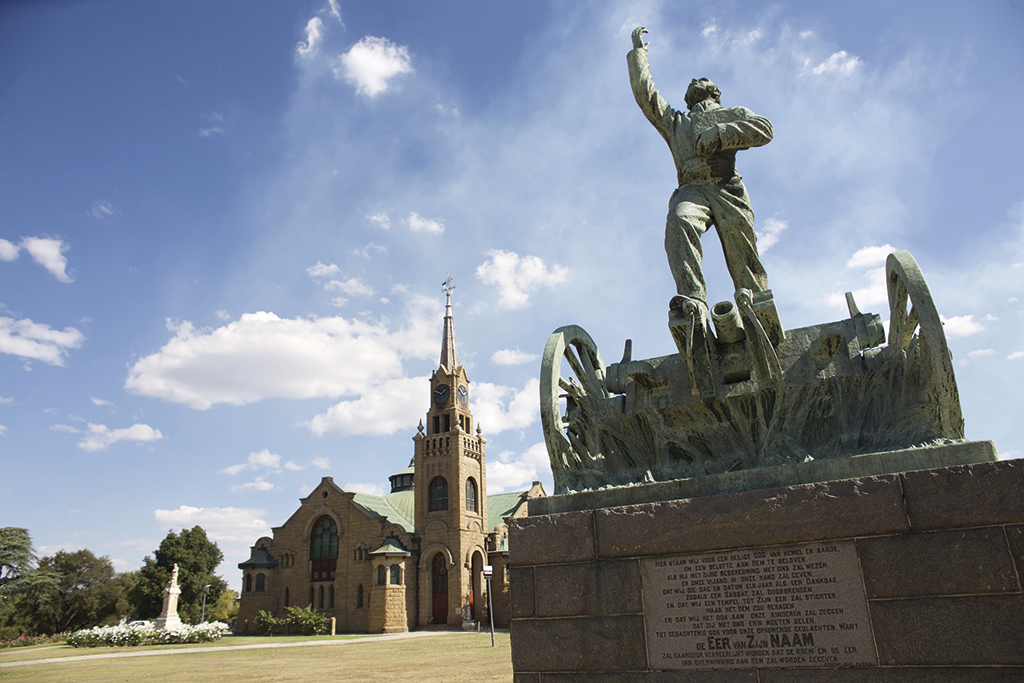
Kroonstad is a town steeped in history, with this statue of Sarel Cilliers prominent
I have a feeling we’re not in Kansas anymore,’ said Dorothy in The Wizard of Oz and as I made my way from Lanseria Airport, destination Kroonstad, I reckon I knew exactly how she’d felt.
I had flown up to Joburg that morning and been handed the keys to the Amarok Highline 3.0 TDI 4Motion by the kind people at Volkswagen. My plan was to attend the National Jukskei Championships.
Jukskei is to South Africa what Gaelic Football is to Ireland… just without the 80 000 spectators. If you haven’t heard of it, shame on you! It’s as South African as vetkoek and biltong.
Ahem. Having said that, my understanding of it was pretty vague too, so I decided a quick visit to Kroonstad – jukskei HQ – would be just the ticket.
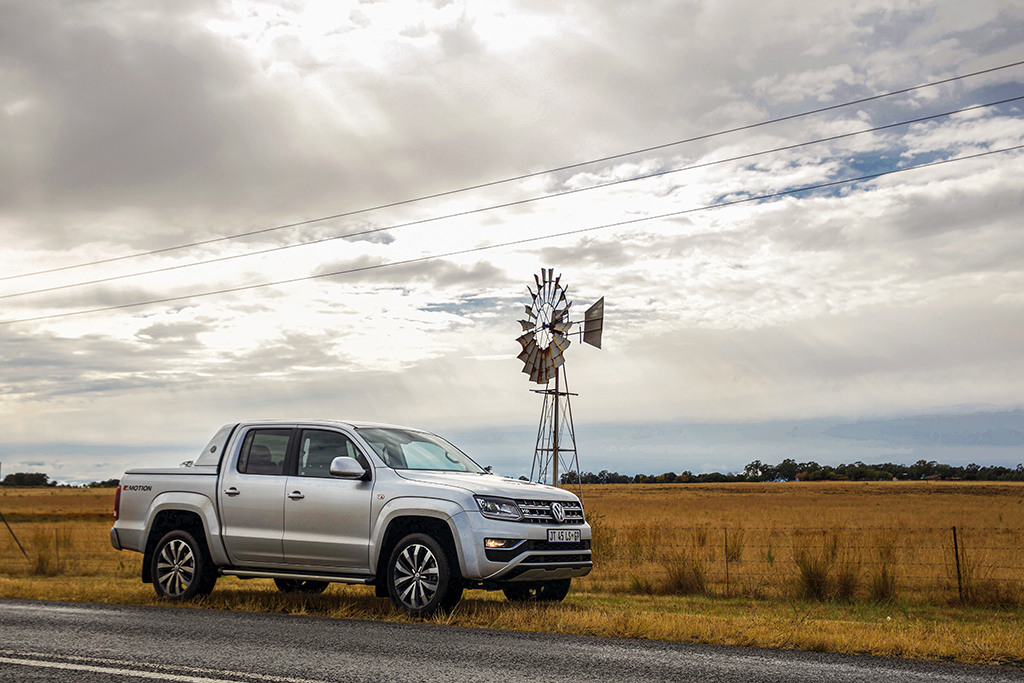
The Amarok was a pleasure on the Free State roads, handling the potholes and detours with ease.
In a similar way to Dorothy, I was discovering that I wasn’t in the Cape anymore. For a start, the highway had far too many lanes and what was with that annoying beeping sound every time I drove under a metal arch? And while the Amarok’s cabin was making me feel mighty comfortable, the road signs along the N1 were having quite the opposite effect. I was warned on several occasions about ‘Hazardous materials!’ but at no time was I given any information about what these materials could be. Should I have ducked, held my breath, sped up, slowed down?
But I made it safely to Sewende Hemel, my Kroonstad B&B, and dropped off my bags before heading to Jukskei Park for my first taste of the pride of Afrikanerdom. And now I knew I wasn’t in Cape Town anymore.
This is the pits!
Long jump pits, everywhere. But instead of jumping, the tracksuit-clad maniacs were throwing things into them! And not just any things. The projectiles resembled long-necked wine bottles made out of wood.
Whatever was happening, it was being taken very seriously. As I watched, players would throw their wooden wine bottles and then a teammate would pull a mystery cord that was connected to one side of the sand across the pit, secure it, and then focus all their concentration on ensuring the peg (that had just been clobbered out the way) was perfectly reinserted within a millimetre of where it had just been… so it could be clobbered out again.

Players proved that jukskei is a serious sport, with serious skill required.
Then, every now and again, a referee would be called over to one of the pits to whip out his brush and callipers to rule on which team’s wine bottle was closer to the peg.
I watched, transfixed, until a whistle sounded and play concluded at the 20 or so matches around the ground. It wasn’t munchkins and talking scarecrows but it may as well have been. This was a different world from the one I knew.
I was back the next day and, the more I watched, the more I realised that this was a serious sport with serious skill and tactics. For a start, there were different throwing techniques. Three points for knocking over the peg but extra points for leaving your skeis (turns out they aren’t wine bottles) close to the peg spot. And don’t get more than 23 points or you go bust and start again at zero.

Some provinces opted not to send teams to Kroonstad due to the ongoing coronavirus crisis but there were nevertheless plenty of teams taking part, as the flags outside the clubhouse testified.
It wasn’t just veldskoen-clad Afrikaner men either. There were youngsters, women, different races. And everyone wore a smile, was friendly and only too happy to explain the rules to the ignorant Englishman who’d travelled up from Cape Town. It kinda made me want to pick up a skei.
I thoroughly enjoyed my time at the Jukskei World Championships and can announce with pleasure that Gauteng North are the 2021 champions of the world.
When not watching jukskei, I spent some time driving around in the Amarok and getting lost in Kroonstad, playing tourist and visiting the sights – churches, the river, graveyards. However, there was one thing I wanted to see that was proving elusive. Having done my research beforehand, I’d read about a Boer War concentration camp graveyard for Afrikaner women and children.
A concentration camp? In South Africa? But surely those were invented by those evil Nazis in World War II? Not so. Seems Hitler may have poached some of his ideas from the Brits. No wonder there’s some lingering resentment in some South African circles. Your great grandparents being put in a concentration camp can have that effect.
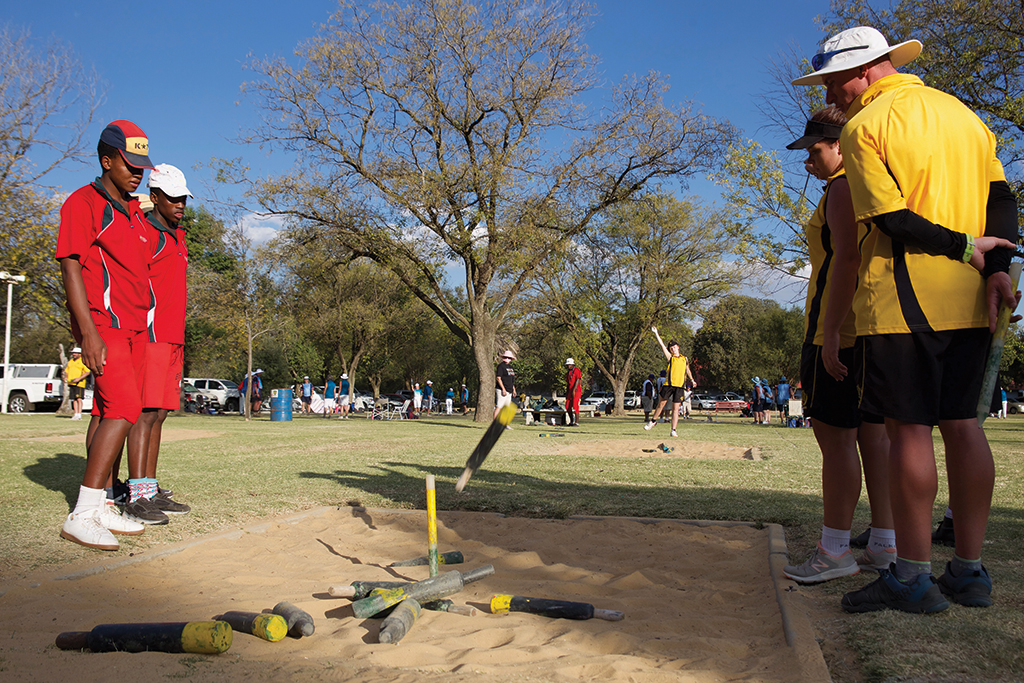
Players look on as the skei heads towards its target… it looks like it’s going to be another clobbered peg.
The Kroonstad Concentration Camp was one of 11 camps in the Free State during the South African War of 1899 to 1902. It was set up in November 1900 and just five months later had 2 500 ‘residents’. Conditions in the camp were brutal, there was little hygiene and, predictably, disease was rife. More than 1 200 people died between April 1901 and April 1902 alone. The camp was closed in January 1903.
I would have thought something as culturally and historically important as this would have deserved pride of place in Kroonstad’s ‘must-see’ attractions but it appears I was wrong. There weren’t even signs, until you got close. Despite Kroonstad’s best efforts, I eventually found it. Wow… it’s an emotional place. Quite run down, it’s still hauntingly powerful.
Another day, another battle
As I departed Kroonstad, several road sign warnings about potholes (but only a handful of potholes) had me wondering if maybe the municipality’s time would be better served actually repairing the potholes, rather than putting up signs about them. But then I came to a stretch where there were quite a few and the Amarok proved its worth by taking them in its stride, the 19-inch Milford alloy wheels apparently undaunted.
One thing about this neck of the woods: There is always another battle sight to visit.
I’d had my fill of Boer versus Brit, now I wanted Boer versus Matabele.
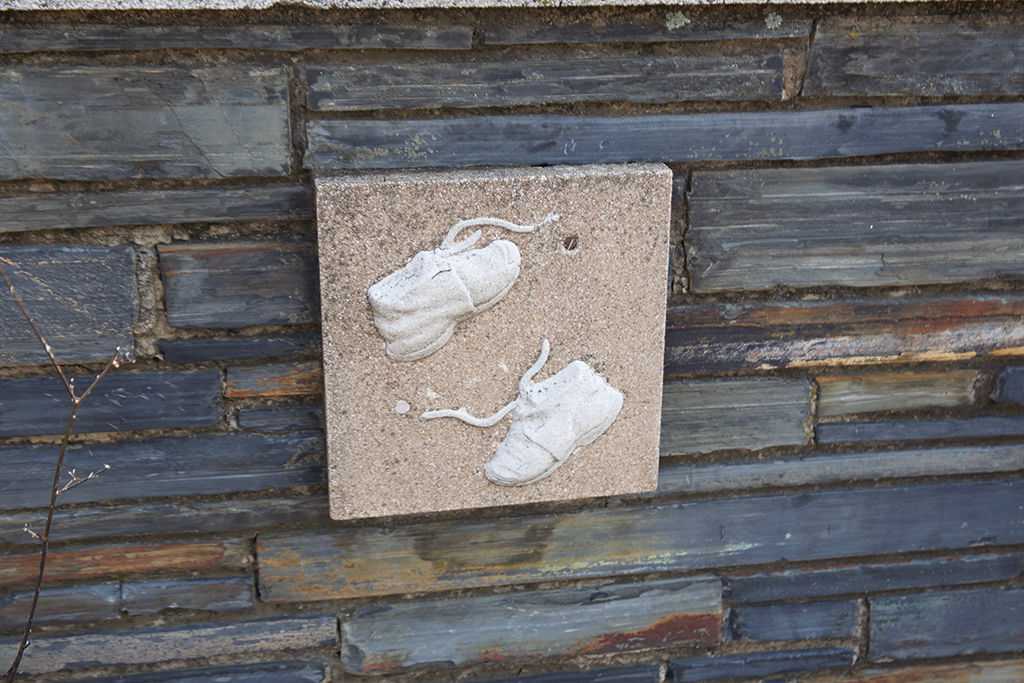
A plaque at the Boer War concentration camp cemetary really brings home the point that it was mostly women and children who died and were buried here.
Near Heilbron sits the Vegkop monument, which commemorates the 1836 battle between a group of 33 Boers, their wives and children; and an army of Matabele, led by Chief Moselikatse. Remarkably, the Boers, armed with rifles (and having done the laager thing with their ox wagons) suffered just two fatalities. While the men fired the weapons, it was the women and children’s job to reload them. One child – 11-year-old Paul Kruger – would later go on to be the president of the Transvaal Republic and one of the most famous Boers.
The Vegkop monument, while a little out the way, is nevertheless worth a visit.
There was a road closure soon after Heilbron and we were diverted along a farm road that had been turned into a potholed mudbath by the previous night’s rain. This is where the Amarok really pays for itself. While other cars tiptoed through, I scooted along enjoying the power and the comfort as the shocks took the knocks with ease. Although many bakkies these days try to convince you they’re SUVs, this bakkie is all bakkie. And that’s exactly what you want on a dodgy, potholed, puddle-filled road.
As I continued back to Joburg and the end of my trip, a sign indicated I was crossing the Jukskei River, which was a good way to complete my trip, I thought.

Sewende Hemel B&B
Stay Here
I stayed at Sewende Hemel B&B which was far enough from the town centre to be quiet but close enough to get to Jukskei Park in a few minutes. The executive suite was massive and I almost requested a map to find my way around the bathroom. Breakfast is R90 extra but you’ll not find better value for money in a hurry. Seriously: we’re not the types to take photos of our plate but this meal was worth a few Insta snaps. Executive rooms: R800 for two sharing. Queen rooms: R700 for two sharing. Breakfast R90 extra (do it).
083 261 7441, sewendehemel.co.za
Eat Here
Tharine Hurter guarantees us she’ll be selling coffee at her little ‘vintage tour shop’, Kroonstad Times, by the time you read this. A lover of fine things, she’s a real wealth of knowledge and loves seeing the looks on her patrons’ faces when they enter. ‘To see the “wow” face they make when they see some of the things we have inside, things that rekindle memories, nostalgia, is something special,’ she says. Tharine can often be found crocheting and smoking at her shop. Plans to add a nursery garden to the premises are also under way.
083 647 0076, facebook.com/Kroonstad-Times
Motoring match-up
Road-trip vehicle
VW Amarok Highline 3.0 TDI 4Motion
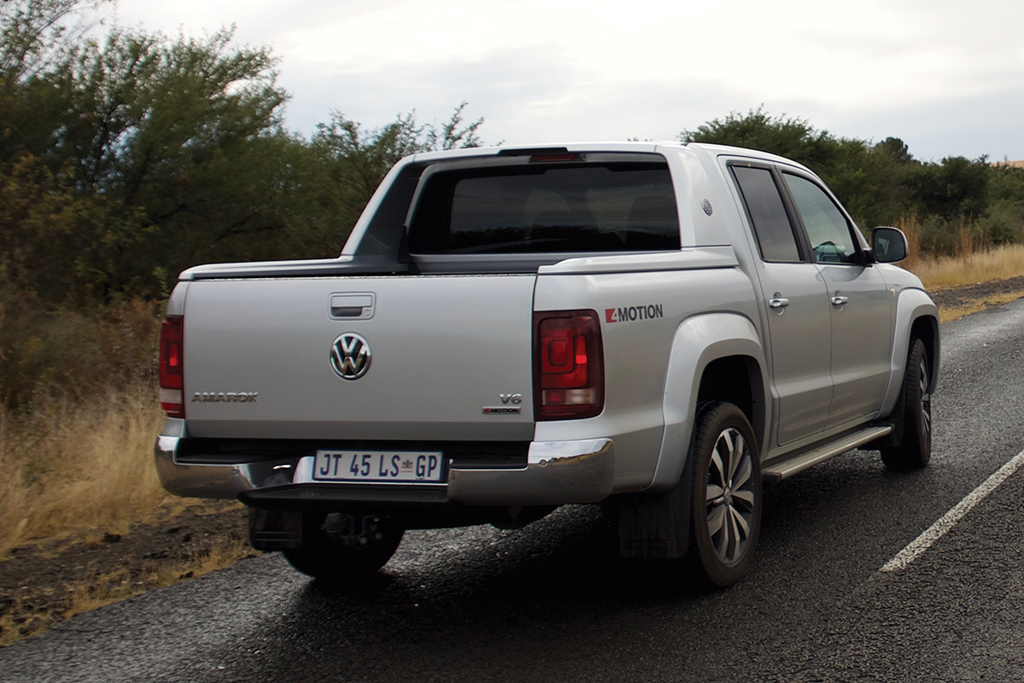
Powerful and comfortable, the Amarok did everything it needed to do, although it ran through a tank of diesel easily enough. I had some trouble with Apple CarPlay and navigation but that may have been down to my phone.
190kW @ 3 000-4 500r/min
580Nm @ 1 400-2 750r/min
Price: R921 900
Contender 1
Nissan Navara 2.5DDTi double cab PRO-4X 4×4
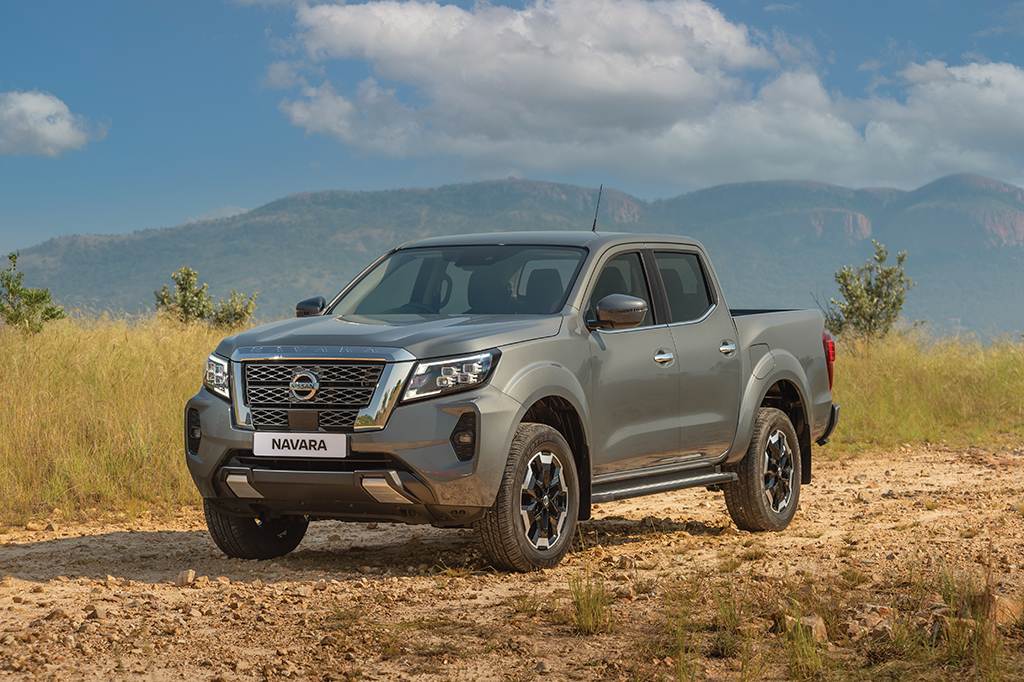
Nissan’s all-new Navara updates almost everything except the 2.5l engine. Better safety, new digital interior, two transmissions – six-speed manual or seven-speed auto – revised chassis and improved noise suppression. And there’s that grille… Nice price too!
140kW @ 3 900rpm
450Nm @ 2000rpm
Price: R740 000
Contender 2
Toyota Hilux 2.8GD-6 double cab 4×4 Legend RS auto

Toyota’s doublecab icon received a 20kW power boost last year, as well as a raft of ergonomic improvements. With chassis and steering refinements, the car is now both eerily quiet and a pleasure to drive. Expensive in RS guise but there are less-expensive options.
150kW @ 3 000 – 3 400rpm
500Nm @ 1600 – 2800rpm
Price: R868 100


